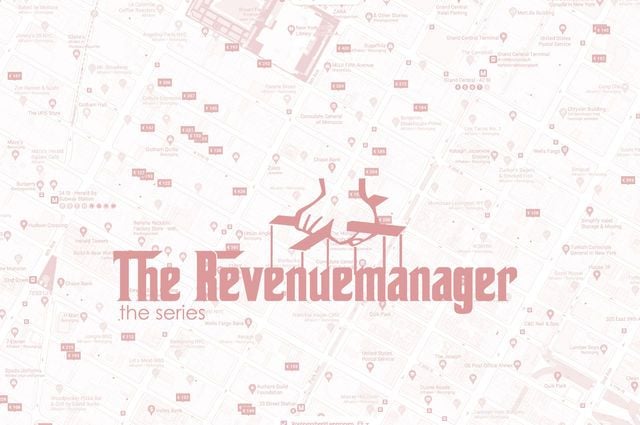Benchmarking: Moving beyond traditional comp sets and year over year comparison
15 experts shared their view
For years, revenue managers used historical data as a "compass" to navigate rates and inventory. Due to the pandemic, however, historical data lost much of their relevance, as 2020 and 2021 were statistical anomalies, to say the least. In this scenario, other information became more important, such as on-the-books reservations, pick-up, pace, and, of course, comp set. Some hotels have closed and consumer behavior has shifted.
The challenge,
however, is how to clearly identify the proper comp set
: is there only one or multiple competitors?
How should a hotel judge it's performance, when most of the traditional KPIs have become meaningless?
COVID-19 and the subsequent travel lockdown wreaked havoc on hotels. Traditional revenue strategies that relied on historical analysis and standard, static pricing simply no longer work. The function of a revenue leader – whether at the corporate level or on property, now relies on new data and agile strategies that can be adjusted quickly and easily to adapt to shifting conditions.
Compared to 2019, there are still few corporate meetings or conventions; hotel demand has shifted almost entirely to leisure. Hoteliers are focused on what was previously only a small segment of their business. Any travellers that are venturing out are booking within days of arrival, and the compressed booking window is making it difficult to use on-the-books data to make decisions.
All hope isn't lost: the data that revenue leaders need to make smart, informed decisions is available. Revenue leaders are using shorter timeframes, such as pacing against last month instead of last year, and have access to newer analytics, like forward-looking data with deeper insights into traveller intent. Revenue managers also have a better glimpse into current and future demand than ever before by moving from static to dynamic compsets.
In order to ensure you're well positioned against the most relevant compset, the industry will need to leverage forward looking, dynamic comp set data (versus static compsets) to better anticipate future demand. With dynamic compset data, you are no longer constrained by comparing your hotel against a static group of hotels that were determined as competitors pre-COVID-19. Instead, dynamic compsets help you identify similar competitors based on consumer search behaviour. A dynamic comp set is especially important now, as market conditions change due to a variety of factors on a daily, weekly and monthly basis.
A dynamic compset will automatically adjust your competitive set based on a number of factors, such as your amenities, star rating and price. For example, hotels are seeing increased competition from alternative accommodation - these properties can be particularly attractive to travellers during a pandemic that necessitates social distancing. When determining your dynamic comp set, the data incorporates home-sharing sites in its calculations: now you can see how your occupancy and rates matchup against the short-term rental homes in your market.
As the industry begins to rebuild and recover, competition will evolve - you will no longer be competing with your traditional compset. By making the move from static to dynamic compsets, you can adjust your strategies ahead of the competition and gain the actionable insights needed to turn lookers into bookers, to help drive more revenue at your hotel.



